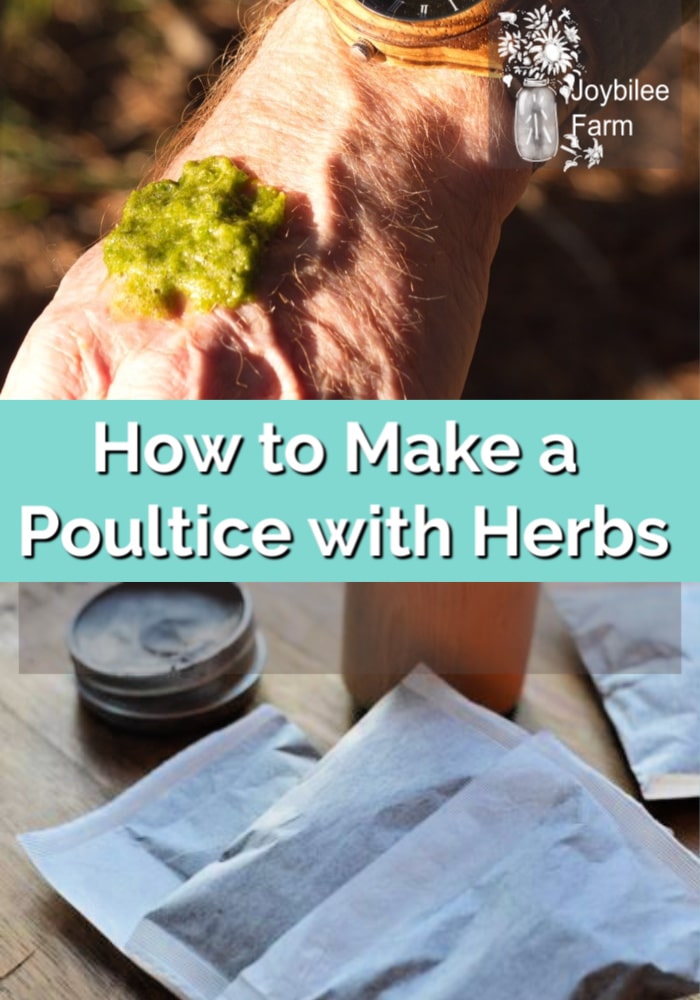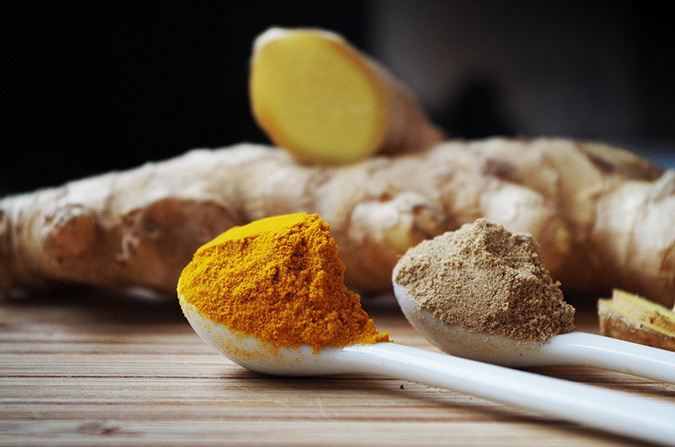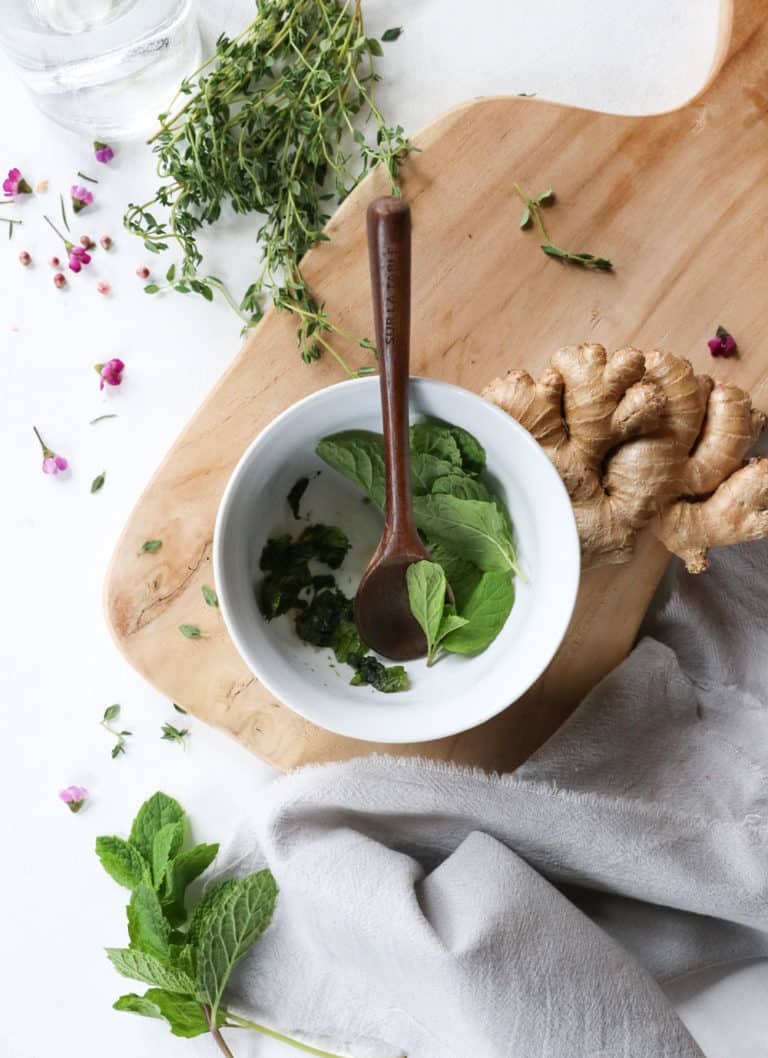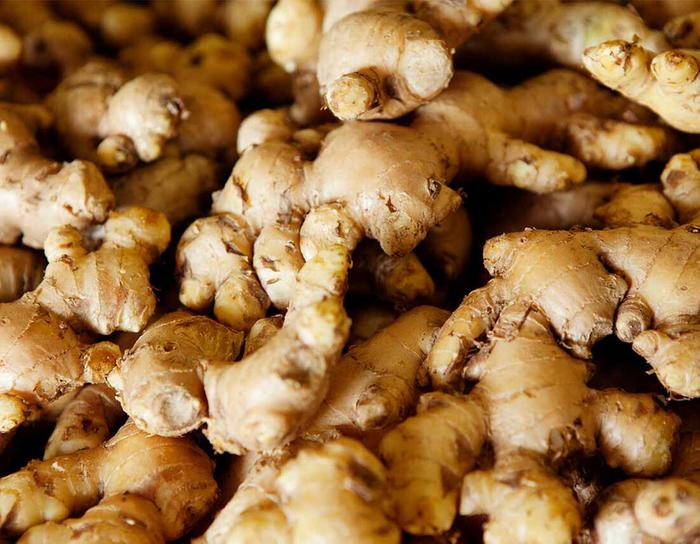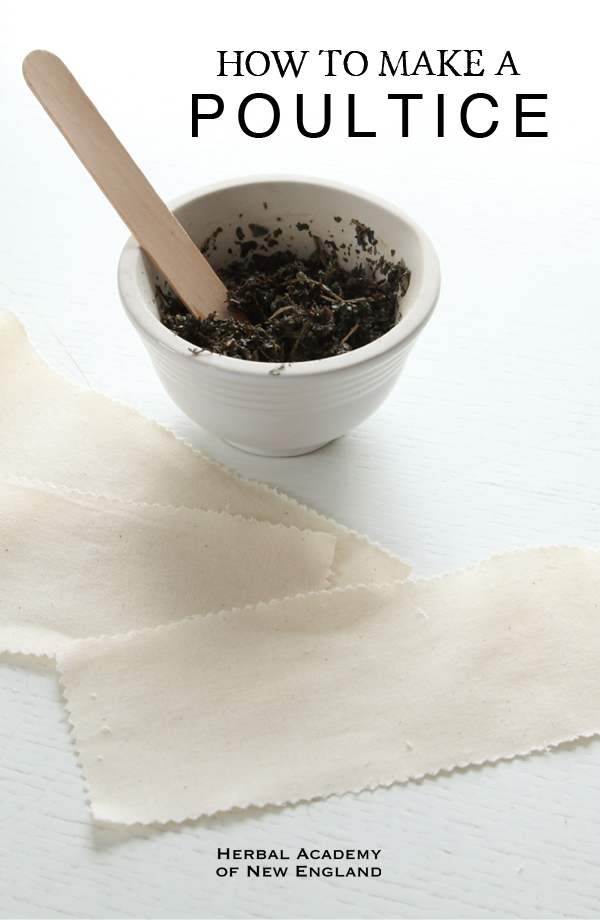How To Make A Ginger Poultice
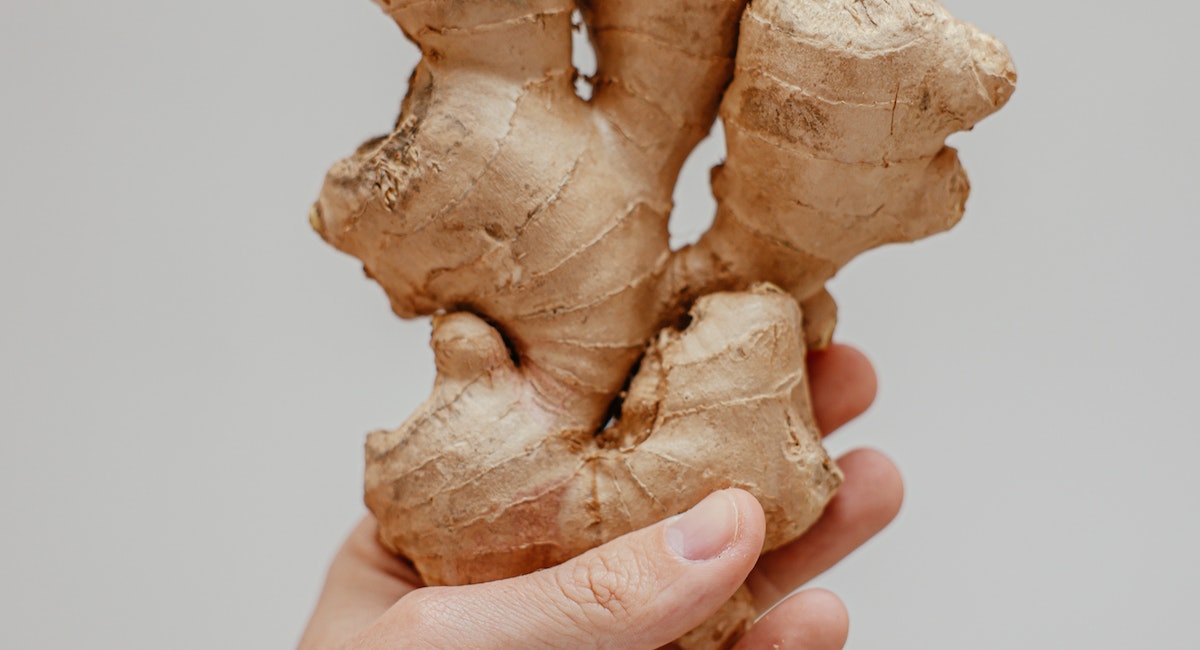
The late afternoon sun cast long shadows across the kitchen counter, illuminating dust motes dancing in the air. A fragrant steam curled upwards from a small bowl, a blend of earthy ginger and warm water. The air hummed with the promise of comfort, a natural remedy brewing in the heart of the home.
This article guides you through creating a ginger poultice, a time-honored folk remedy used for centuries to soothe aches, reduce inflammation, and ease congestion. Discover how this simple, accessible treatment can offer relief using ingredients readily found in your kitchen.
A History Rooted in Tradition
Ginger, or Zingiber officinale, boasts a rich history spanning millennia. Its use as both a culinary spice and medicinal herb has been documented across numerous cultures, from ancient China and India to the Roman Empire.
Traditional Chinese Medicine (TCM) considers ginger a warming herb, believing it helps to dispel cold and dampness from the body. In Ayurveda, the ancient Indian system of medicine, ginger is valued for its digestive and anti-inflammatory properties.
Its therapeutic applications range from easing nausea and morning sickness to alleviating muscle pain and arthritis. The versatility of ginger contributes to its enduring popularity as a natural remedy.
The Science Behind the Soothe
Modern research supports many of the traditional uses of ginger. Studies have identified several active compounds, including gingerol, shogaol, and zingerone, responsible for its therapeutic effects.
Gingerol, in particular, possesses potent anti-inflammatory and antioxidant properties. A study published in the Journal of Pain found that ginger extract was effective in reducing muscle pain after exercise.
These compounds work by inhibiting the production of prostaglandins, hormone-like substances that contribute to pain and inflammation. Furthermore, ginger promotes circulation, which can help to soothe sore muscles and joints.
Crafting Your Own Ginger Poultice: A Step-by-Step Guide
Gather Your Supplies
You'll need fresh ginger root, a clean cloth (cotton or muslin works best), a grater or food processor, a bowl, and hot water.
Optional additions include a few drops of essential oils like lavender or chamomile for added relaxation. A clean towel to protect surfaces is also recommended.
Preparation is Key
Begin by thoroughly washing and peeling the ginger root. Grate or process the ginger into a fine pulp.
The amount of ginger you use will depend on the size of the area you intend to treat. Start with about 2-3 tablespoons of grated ginger.
Creating the Poultice
Place the grated ginger in the bowl and slowly add hot (but not boiling) water. Add just enough water to create a thick, pasty consistency.
Allow the mixture to steep for a few minutes to release the ginger's beneficial compounds. The steam will also help to soften the ginger and make it easier to apply.
Applying the Poultice
Carefully transfer the warm ginger mixture onto the center of the clean cloth. Fold the cloth around the ginger to create a neat package.
Before applying the poultice to your skin, test a small area to ensure the temperature is comfortable. It should be warm and soothing, not scalding hot.
Place the poultice directly onto the affected area and secure it with a bandage or towel. Leave it in place for 15-20 minutes.
Post-Poultice Care
After removing the poultice, gently cleanse the treated area with warm water. You may notice some redness or mild irritation, which is normal.
Apply a soothing balm or moisturizer to help calm the skin. Rest and allow your body to absorb the benefits of the ginger poultice.
Safety Considerations
While ginger is generally safe, it's important to exercise caution. Perform a patch test on a small area of skin before applying the poultice to a larger area, particularly if you have sensitive skin.
Discontinue use if you experience any adverse reactions, such as excessive redness, itching, or burning. Pregnant or breastfeeding women should consult with their healthcare provider before using ginger poultices.
Individuals with bleeding disorders or those taking blood-thinning medications should also exercise caution, as ginger can have mild anticoagulant effects.
Beyond Pain Relief: Other Potential Uses
Ginger poultices are not limited to pain relief. They can also be used to ease chest congestion associated with colds and flu. The warming properties of ginger help to loosen mucus and promote expectoration.
Applying a ginger poultice to the forehead or temples may help to relieve tension headaches. The anti-inflammatory and circulatory-boosting effects of ginger can contribute to headache relief.
Some individuals find ginger poultices helpful for reducing the pain and inflammation associated with arthritis. Regular use, combined with other lifestyle modifications, may improve overall joint health.
Amplifying the Healing Power
Consider adding other beneficial herbs to your ginger poultice. Turmeric, known for its potent anti-inflammatory properties, can complement ginger's effects.
Adding a few drops of essential oils can enhance the therapeutic benefits. Lavender promotes relaxation, while eucalyptus can help to clear congestion.
Experiment with different combinations to find what works best for you. Remember to always use high-quality ingredients and follow safety guidelines.
A Holistic Approach to Well-being
While a ginger poultice can offer relief, it's important to address the underlying causes of pain and discomfort. Consider incorporating other holistic practices into your routine, such as regular exercise, a healthy diet, and stress management techniques.
Consult with a healthcare professional to rule out any underlying medical conditions. A ginger poultice is a valuable tool, but it should not replace conventional medical care.
By embracing a holistic approach, you can optimize your well-being and live a more vibrant and fulfilling life. Listen to your body and make informed choices that support your overall health.
Embrace the Simplicity
The beauty of a ginger poultice lies in its simplicity. It's a testament to the power of natural remedies and the wisdom of traditional healing practices.
With just a few readily available ingredients, you can create a soothing and effective treatment for a variety of ailments. Reconnecting with these simple remedies empowers us to take control of our health and well-being.
So, the next time you're feeling under the weather or experiencing aches and pains, consider reaching for a piece of ginger. Embrace the ancient wisdom and experience the soothing power of a homemade ginger poultice. The gentle warmth and fragrant aroma are a comforting reminder of the earth's abundant gifts, ready to nurture and heal.






